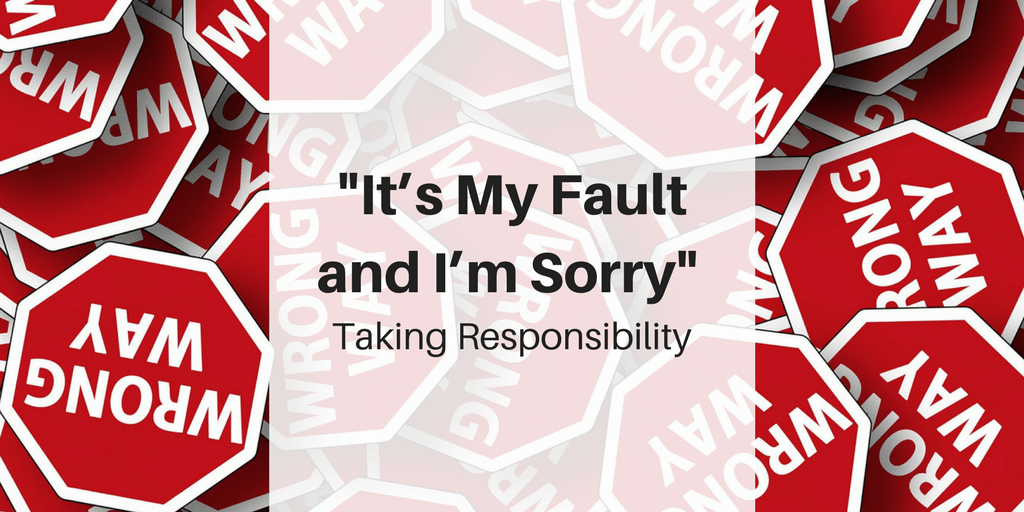From tone-deaf ad campaigns to straight up bad moves, the media is full of apologies with varying degrees of sincerity, contriteness, and personal responsibility. There are lots of bad ways to apologize that usually include some way for the person in the wrong to shimmy out of responsibility. Some apologize for the consequences of the action rather than for the action itself — a classic example sounds something like, “I’m sorry you feel that way.” Other attempts at dodging responsibility involved downplaying the effects with such appeals as, “it was just a joke” or “you just didn’t get it.” Apologies that allow the apologizer to assign responsibility elsewhere are baseless and hardly apologies at all. Below is a better recipe for an apology:
Make sure that the timing is right for an apology. If the wound is still gaping, you may need to wait until the hurt party is ready to hear your apology and absorb everything you’re about to say. The setting, including the time and place, need to be correct, as apologizing is not about the person apologizing — it’s about the recipient of the apology.
Start with ‘I’m sorry.’ Those two words make for a good opening sentence in and of itself with no additional modifiers or qualifiers. They start the conversation off on the proper foot.
List off exactly what you’re sorry for. A huge part of an apology is taking responsibility for your contribution to a bad situation. You may have only done or said something small, but those small things could have started a chain reaction that lead to an explosion. Listing off how specific choices and actions fueled the fire demonstrates that you know that what you did was wrong.
Explain how you’ll prevent a similar situation from happening. As the old saying goes, “the best apology is changed behavior.” Detail some new checkpoints so that the error or reaction doesn’t happen again as well as any potential help you may be seeking from books, counsellors, or mentors that will help you in your progress. Taking responsibility for past actions includes taking responsibility for and control of changing your actions in the future.
Make plans to make it right. A big part of taking responsibility for what you did wrong is also taking responsibility for making things right. That may include changed behavior as well as more tactical things. If, for example, your mistake caused non-refundable travel payments to go to waste, you could offer to repay the down payment and help plan a future makeup vacation.
Ask for Forgiveness. This may be the most humbling part altogether. Once you’ve taken responsibility for everything that you did wrong, you have to hand agency to the person you’ve wronged to decide if you’ve adequately apologized.
